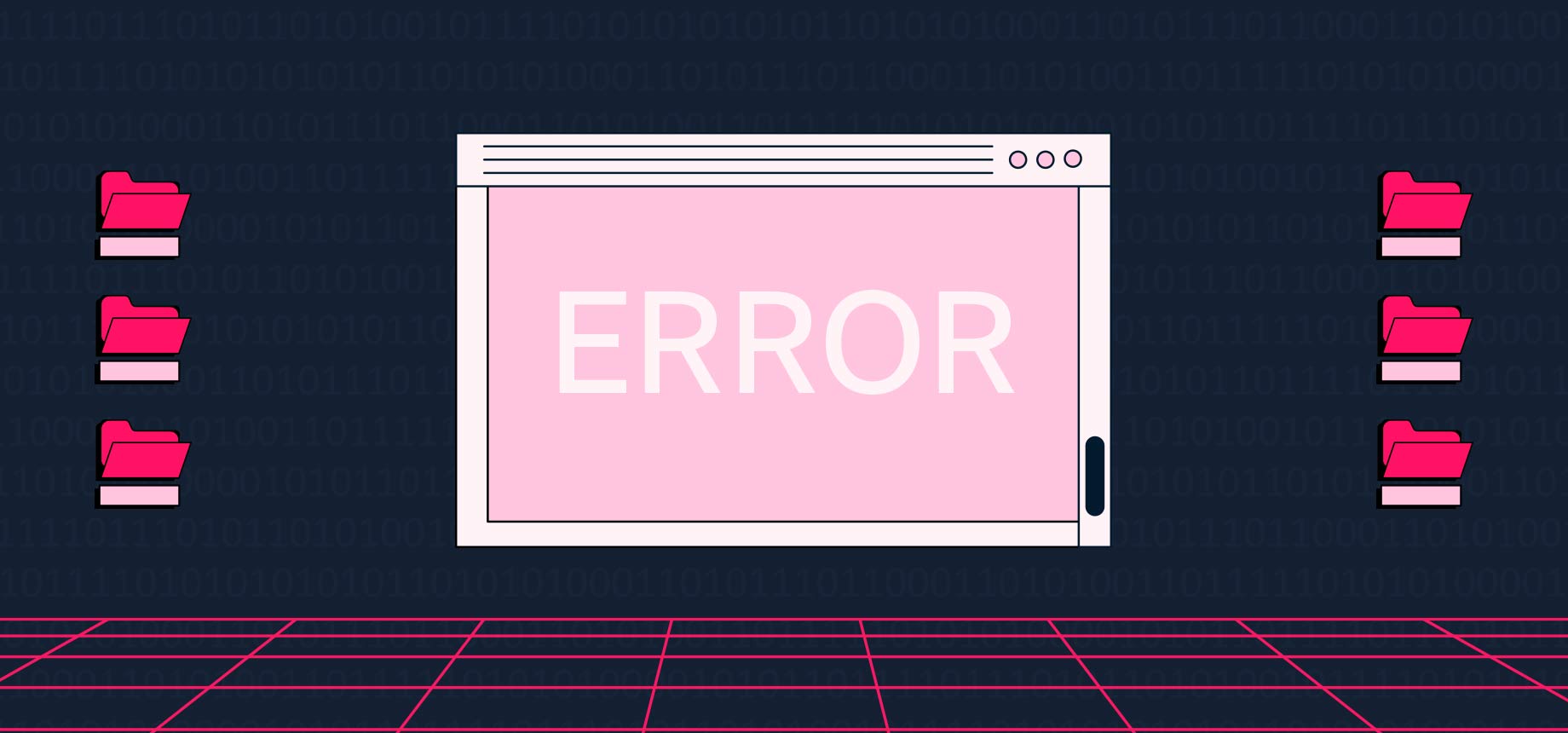
Migrating your website from different ecommerce platforms is no easy task. It takes time and effort in order to guarantee a functional process that doesn’t hinder the online business evolution. All this while dealing with the complexities that come with the process, such as product data, user experience, inside company culture shifts and more.
The necessity to go through it hardly comes out of nowhere, though.
Ecommerce replatforming can prove to be needed when the online store is underperforming or no longer fits in the mold of the current platform it’s hosted on. Recently, many brands have chosen to migrate from on-premise solutions to cloud or SaaS services, for instance. When outsourcing, these ecommerce stores are able to manage upgrades more easily, add and delete new features without writing too much code, integrate with partners and analyze data and performance throughout.
With such improvements and considering how timing is important, the sooner, the better the complete migration should be finished, which is why companies must keep an eye on elements that can delay the new platform go-live date.

When leading or implementing a replatforming project, there are a lot of elements to consider. Understanding how they communicate with each other and how to overcome them is crucial for a successful site and data migration.
Even if it is challenging and demands a lot of hard work, replatforming is an important job. Make sure that you have already done previous research on what your business needs to thrive and what is currently missing in your project: Do you need more scalability, security, agility? An easy to manage tool? Are you looking for a lower total cost of ownership? After those questions – and some more – are answered, you can move on to analyzing what are the challenges and the benefits of migrating and, finally, to understanding how to do that in the quickest way possible.
Keep in mind that setbacks are part of the plan, but the outcome will be a positive one. Below are four factors that can delay your migration’s go-live date and how to overcome and work around them.
Before anything, ask yourself: “Is this the right time to migrate all of my services to a new platform?”. Remember that it takes time and effort to organize everything, from migrating product and customer data to implementing new features and functionalities. Make sure that your team members are ready and not preoccupied with other important tasks such as big sales events (like Black Friday or the holiday season), new collections or any kind of catalog changes — the whole team must be aware of the migration process and the challenges that come with it.
A good tip is trying to organize all the replatforming processes to align with a non-compromising launch date. This way, the site migration can happen seamlessly and, if any changes or adjustments are necessary, there is time and space to make them. Your website is still up and clients are still shopping, so business as usual is still a thing despite the migration.
The ecommerce website migration process involves not only the technical part of it but also the corporate side. As we have already mentioned, migrating is a big and overwhelming development that requires a lot of changes. Shifting platforms means shifting partners, culture and processes among all your existing systems.
It is fundamental to determine and identify the ones who will be most affected by the project and the responsible leaders and teams who will spearhead the ecommerce site replatforming. Because it is a big project, this will most likely span throughout the entire company involving marketing, customer service, finance, logistics, legal, etc. Simply put, you should keep involved and close to the project the crucial team members, but keep others informed and with an action plan to go through if they’re somehow affected.
It is also important to define what is the chosen strategy. Will the migration happen with in-house people or with an external team/agency? If in-house, your employees who will be directly involved in the process need to know more about the new platform that they are migrating to.
If an external team is involved, make sure that the onboarding is as seamless as possible. Identify how they work and how leadership can build a strategy to integrate the groups. It sounds like a small detail, but a good team dynamic between all areas of your company can make or break your platform migration project.
Data, in this case, is any kind of sensitive information that can’t get lost. Whether it’s about your products, your customers or their orders, during migration you have to make sure that the correct data is protected and rightfully transferred to the new ecommerce platform. It is recommended to back up your old ecommerce store data (products, customers, and orders) to make sure you don’t lose that information if an error occurs.
Also, storing all data is fundamental if you want to compare the two ecommerce platforms you’ve had later on.
Before the big go-live day, you need to do some trial runs. It won’t be perfect right from the start and some adjustments regarding catalog, product description, prices and more operational back-end things such as data processing and order management may be necessary.
In order to not disturb the customer experience on your website, make sure that you have a team of people who are locked and ready to face any kind of disturbance or unforeseen event. Run multiple tests, accounting for any issues that could arise, and guarantee that the website performance is high.
The goal is to stress your website as much as you can to assure that it won’t let your business or your customers down once the store is live.

To close it off, know that every case is different and has its own set of complexities. Even so, successfully migrating ecommerce platforms can bring benefits in the long run for all kinds of businesses. Expect some bumps on the road, but don’t let them bring you down.
From sales to customer experience, replatforming to a cloud ecommerce platform is a way to keep your online store up to date with any kind of changes and to future-proof your business. This is crucial when it comes to ecommerce because of its constant ever-changing elements, updates and pattern shifts.

VTEX offers dynamic scalability, security, value-added services, ease of use, simplified application maintenance and lower TCO, all thanks to a cloud-structure commerce platform running on AWS. That means it is microservices-based, fully API enabled and, best of all, scalable and reliable. With a multi-tenant SaaS infrastructure, the VTEX platform gives digital commerce organizations greater flexibility and agility to keep up with customer expectations and business needs. Beyond that, the average migration time-to-market for our clients is 90 days, thanks to headless technology.

